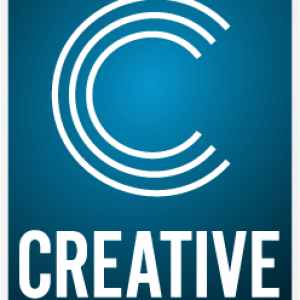As a creative, an educator, and a freelance video editor, there are several times a week I find it difficult to push through the work on my plate. It could be that I’m afraid of starting a large job, or I’m dealing with a lack of energy. Or maybe, I’m distracted by the Toronto Raptors on game day – and they were distracting as ever this year (go Raps!). I think we can all relate to these feelings of dread and distraction when it comes to our work.
To me, the most important factor in your success as a creative is getting through those days when you just don’t feel like working. Here are a few things I do to overcome procrastination.
1. Remember what motivates you
We all do creative work for a reason. To pay bills, live our dreams, create something magical and even to inspire others. Having a strong visualization of the road ahead can help you steer through the mundane tasks you need to do.
Create a visual reminder of what motivates you. Write it down and post it next to your desk, add it as a digital sticky note on your computer’s desktop, or save it as your cell phone wallpaper. Next time you’re stuck in the trenches of menial administrative work (invoicing, anyone?), you’ll be reminded of what you’re working towards and why you do it.
2. Know when you’re actually productive
Knowing when you’re most productive is incredibly valuable. Try tracking your most productive hours over two weeks. I use a worksheet to track my hours and find out which time of day is my most productive (download worksheet here). At the end of two weeks, observe when you’re logging the most (productive) hours, and when you’re struggling the most.
Once you’ve found your most productive hours, schedule your work into that time. In my case, I work best early in the morning, but my energy seems to taper off around 3 p.m. For you, it might make sense to run your errands before noon, leaving you the afternoon to complete your work.
3. Follow David Allen’s two-minute rule
Some days, I sit down at my desk and my mind is already racing with all the stuff I have to do. When I’m feeling overwhelmed like this, it helps to assign time estimates to each task. I then tackle the smaller tasks that only need a couple minutes of my time. For example: answering an email, paying a bill, or sending an invoice. I check them off quickly, and as an added bonus, I begin to feel more accomplished and ready to take on the rest of my larger tasks.
4. On the days of most resistance, start with a smaller time commitment
We’ve all had days when functioning at a computer for eight hours is a STRUGGLE. The sheer thought of it can be overwhelming as you start your day. In reality, it’s best not to worry about the (supposed) time required to complete your tasks. Instead of saying to yourself “there’s no way I can work eight hours straight in this capacity,” think of it this way: “I’m going to start with ten minutes and take it from there.”
It’s easy to feel paralyzed by a large task that’s looming over you. By setting out with a smaller time commitment in the first place, you’ll see how much easier it is to just start. By the end of the day, you may not have finished the entire thing, but you’ll definitely have inched closer to completion.
5. Break it up – in both time and space
This is a two-part equation.
The first part is to divide longer tasks into more manageable chunks. For instance, take a 20 hour project and cut it into a 40-part series of 30-minute tasks. This technique is also great for planning and giving you an overall sense of your creative workflow.
The second part is to take breaks when you’re immersed in longer creative processes. Set a time to get away from your computer or desk. Take a walk, grab a coffee, or just do a short stretching routine somewhere away from your desk. You may have a creative breakthrough by changing your scenery and looking at the task from a new perspective.
Bringing it home
Well, that’s all I have for today – and it only took me six months to write this (kidding!). I hope you found these tips useful and easy to implement into your workflow.

